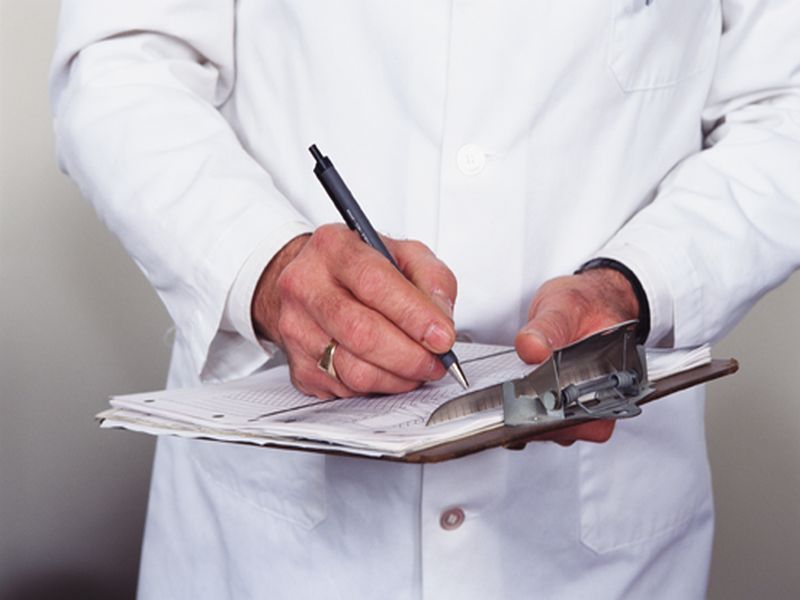WEDNESDAY, March 3, 2021 (HealthDay News) — Wider use of prescription generic drugs could save Medicare nearly $2 billion a year, researchers say.
The new analysis of Medicare Part D prescription drug claims for 2017 used a random 20% of beneficiaries, 224 drugs with one or more generic substitutes and at least 1,000 claims.
Medicare Part D accounts for roughly one-third of all prescription drug spending in the United States.
All 50 states and the District of Columbia have laws promoting generic drug dispensing.
But in 2017, prescribing clinicians and patients in the Medicare Part D program collectively requested brand-name drugs over generics 30% of the time when a brand-name drug was dispensed, according to the study.
Of 169 million filled prescriptions analyzed, 8.5 million involved brand-name drugs when generics were available.
Of these, the prescriber requested a brand-name drug over a generic version 17% of the time (1.4 million claims), and patients did so 13.5% of the time (1.1 million claims).
In 2017 alone, the Medicare Part D program would have saved $977 million if all brand-name prescriptions requested by clinicians had been filled with a generic, according to the Johns Hopkins University Bloomberg School of Public Health study.
If patients themselves had requested generics, the Medicare Part D program would have saved an additional $673 million in 2017, for a total savings of $1.7 billion, the researchers concluded.
The study was published online March 2 in JAMA Network Open.
“Even with laws in place, requesting a brand-name drug happens way more frequently than it should,” said study author Gerard Anderson, a professor of health policy and management at the Bloomberg School. “This dispensing pattern results in exponentially higher costs for both the Medicare Part D program and patients.”
Medicare patients would have saved $161 million in 2017 if prescribing providers had requested generic drugs. If patients themselves had requested generics, they would have saved an additional $109 million, the findings showed.
In all, Medicare patients spent $270 million more than necessary for prescription drugs in 2017, the authors said.
They also found that in 2017, Medicare Part D spent $4.42 billion on brand-name drugs where no specific selection was indicated by a clinician or pharmacist.
Brand-name prescription drugs account for only 5% of Medicare Part D claims when both brand- and generic drugs are available. But the researchers said these findings highlight how costly brand-name drugs are to the Medicare program and its beneficiaries.
“Patients should always be mindful of the extra costs for themselves and for taxpayers associated with requesting a brand-name prescription drug,” said study author Ge Bai, associate professor of health policy and management.
“Prescribing clinicians can also play an important role in educating their patients on the safety and effectiveness of generic drugs,” Bai said in a Johns Hopkins news release.
More information
The U.S. Food and Drug Administration has more on generic drugs.
SOURCE: Johns Hopkins University Bloomberg School of Public Health, news release, March 2, 2021
Copyright © 2026 HealthDay. All rights reserved.

